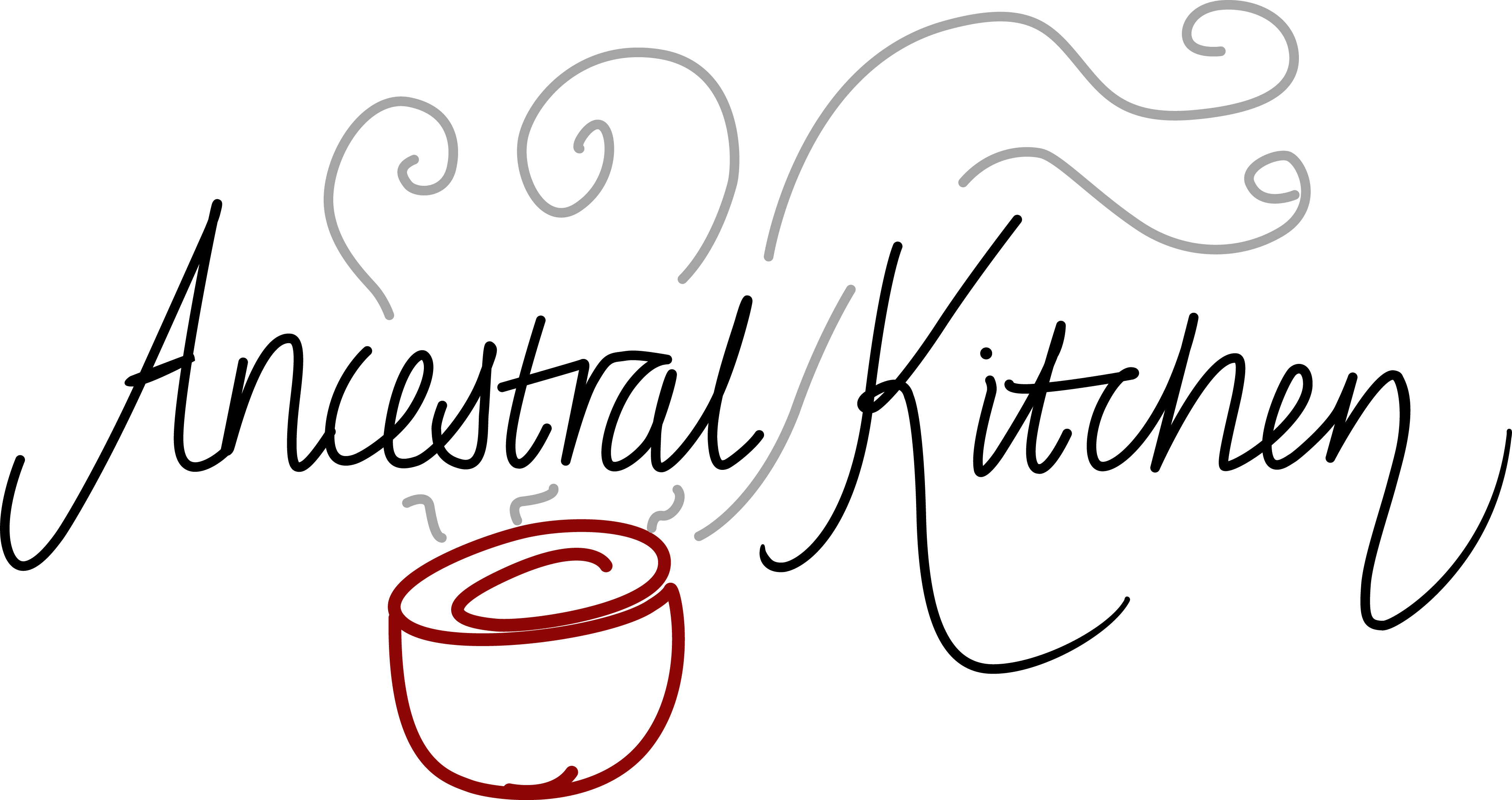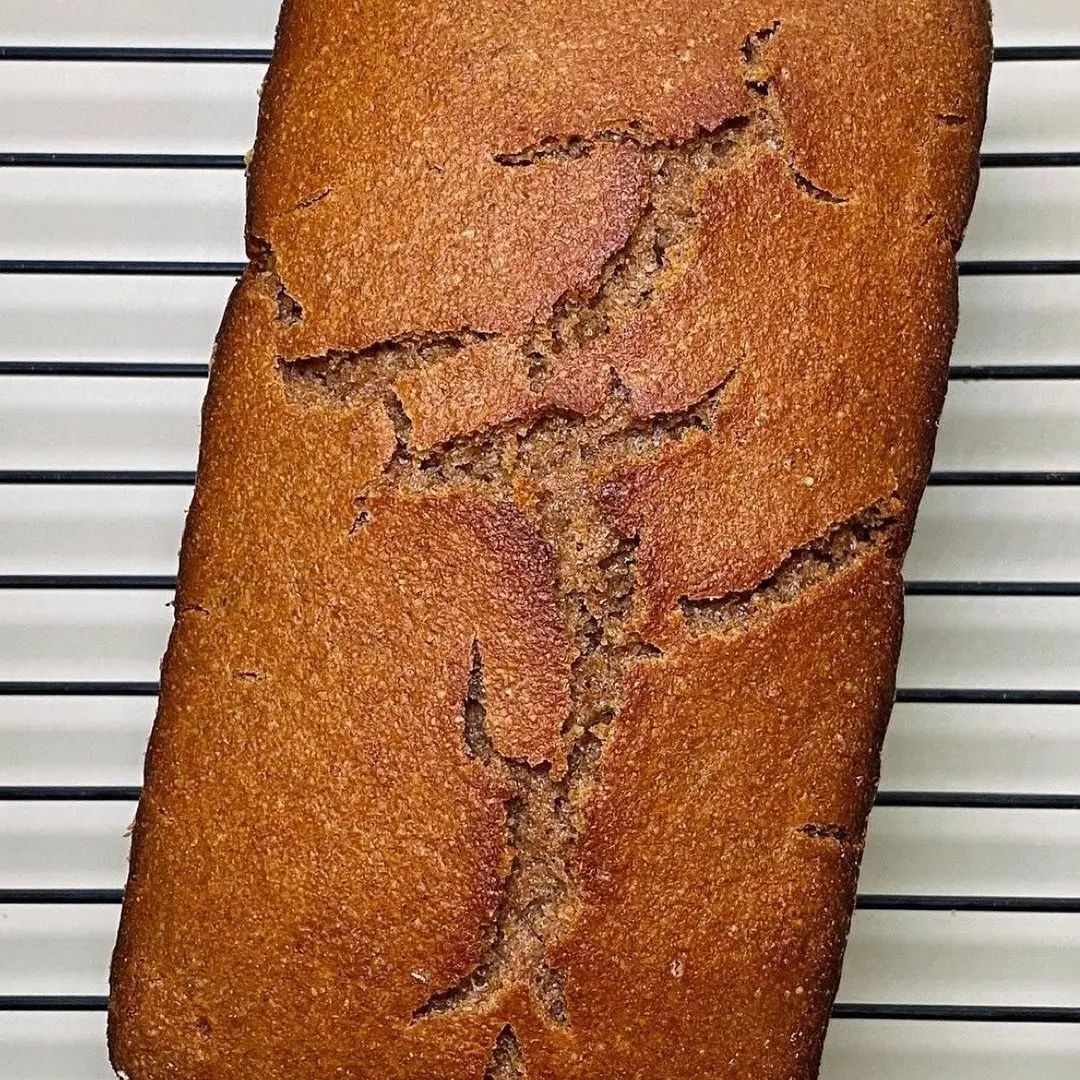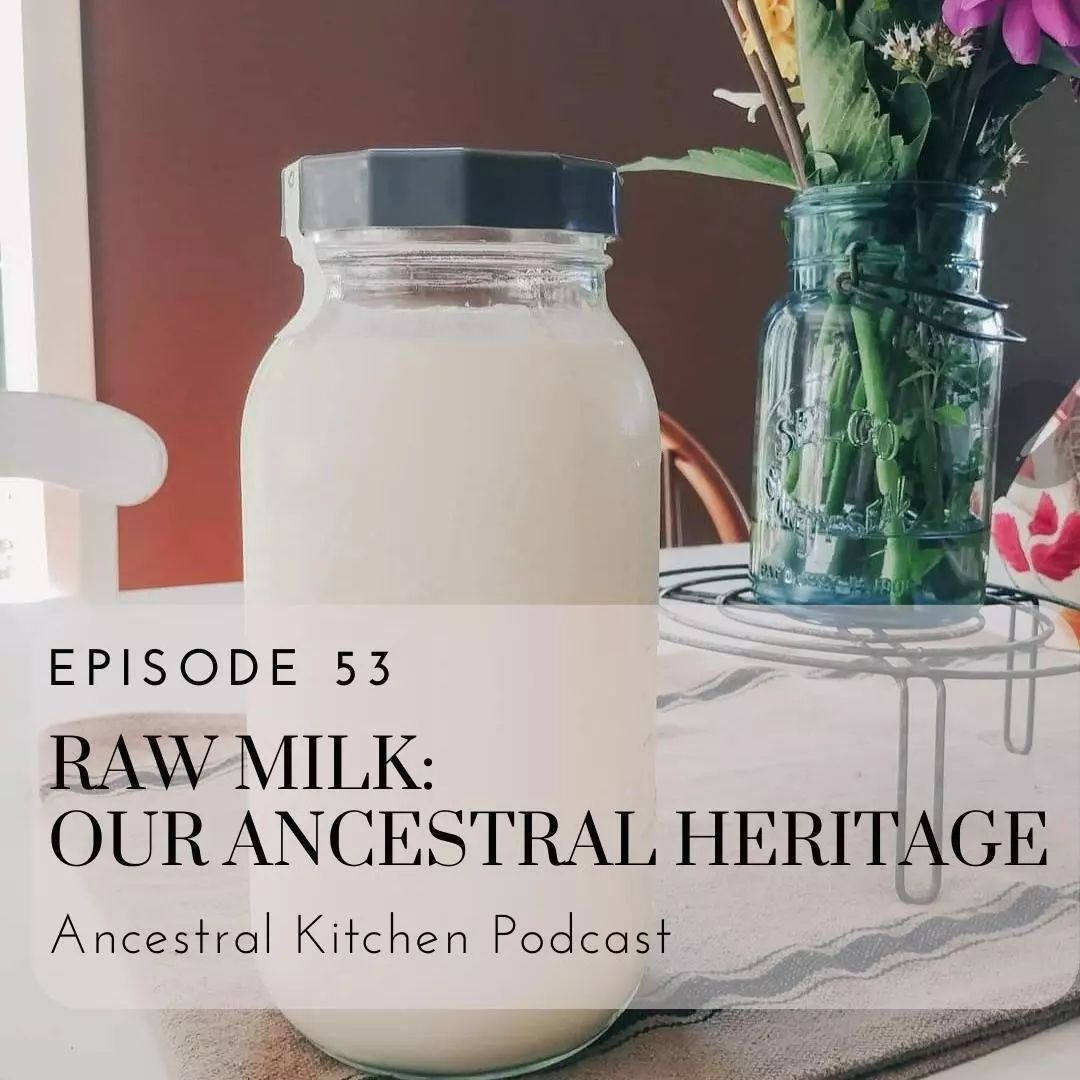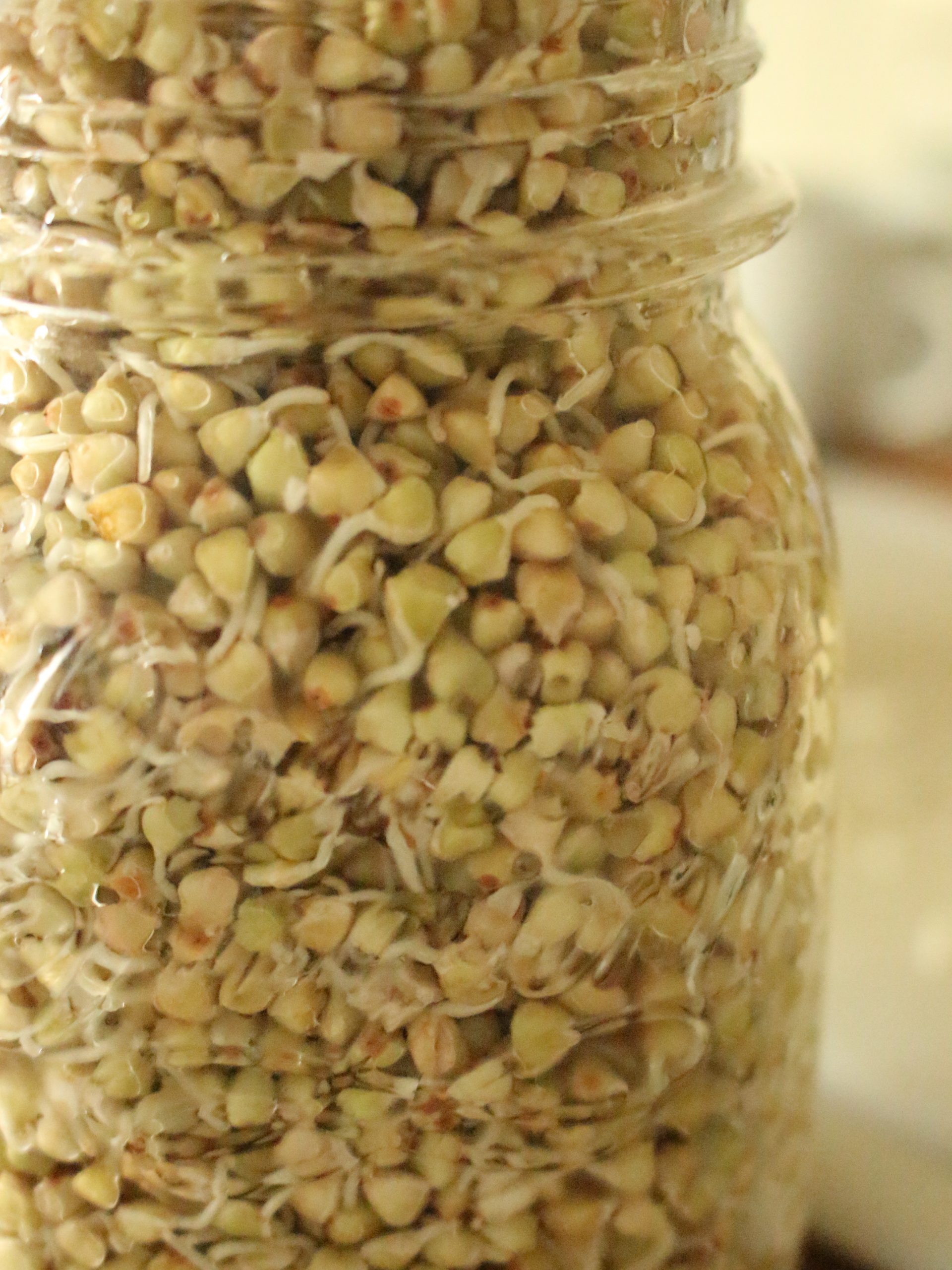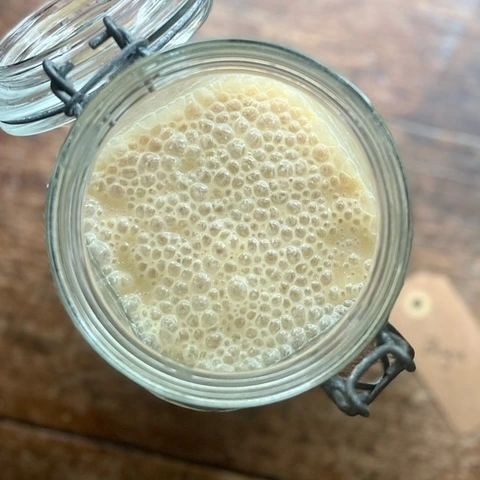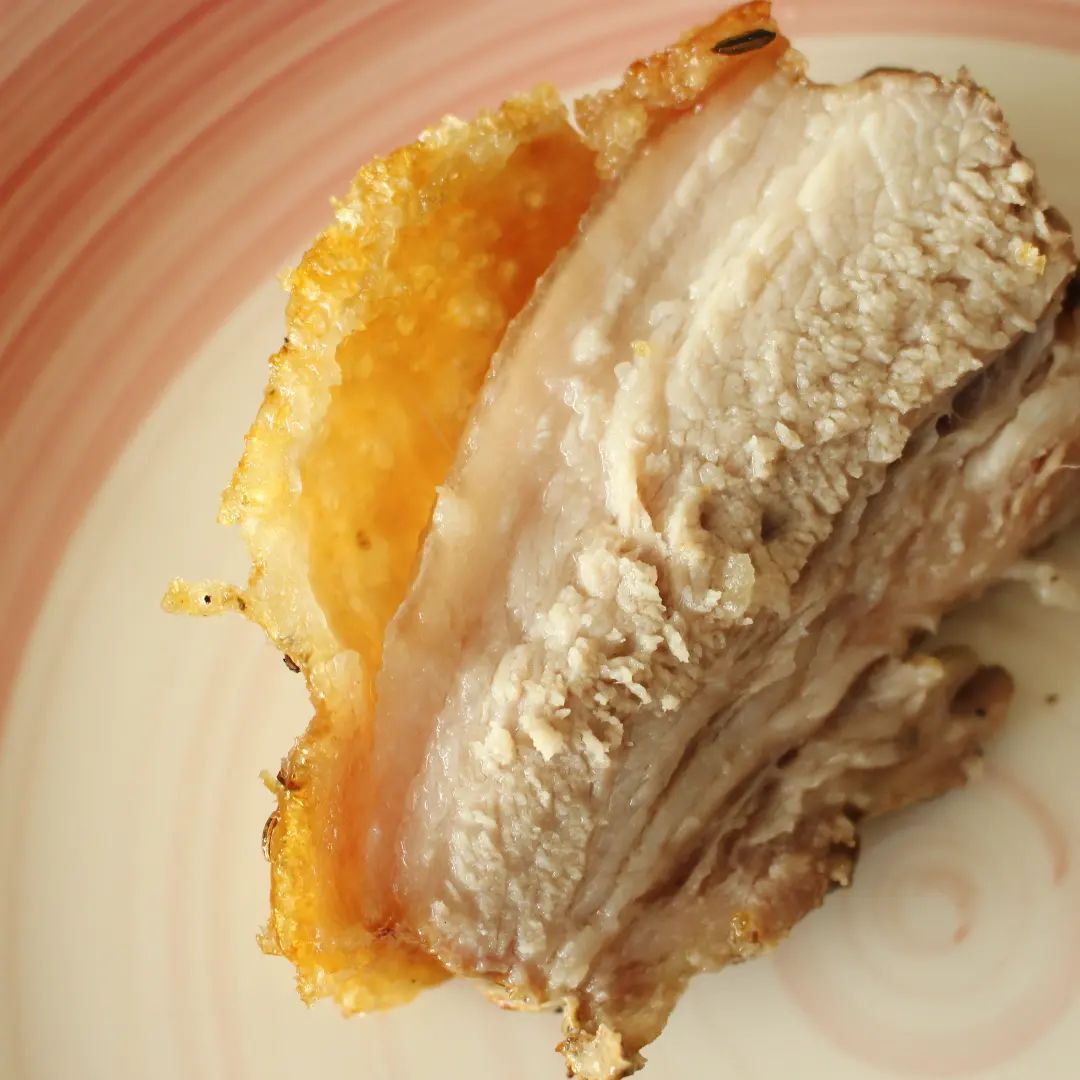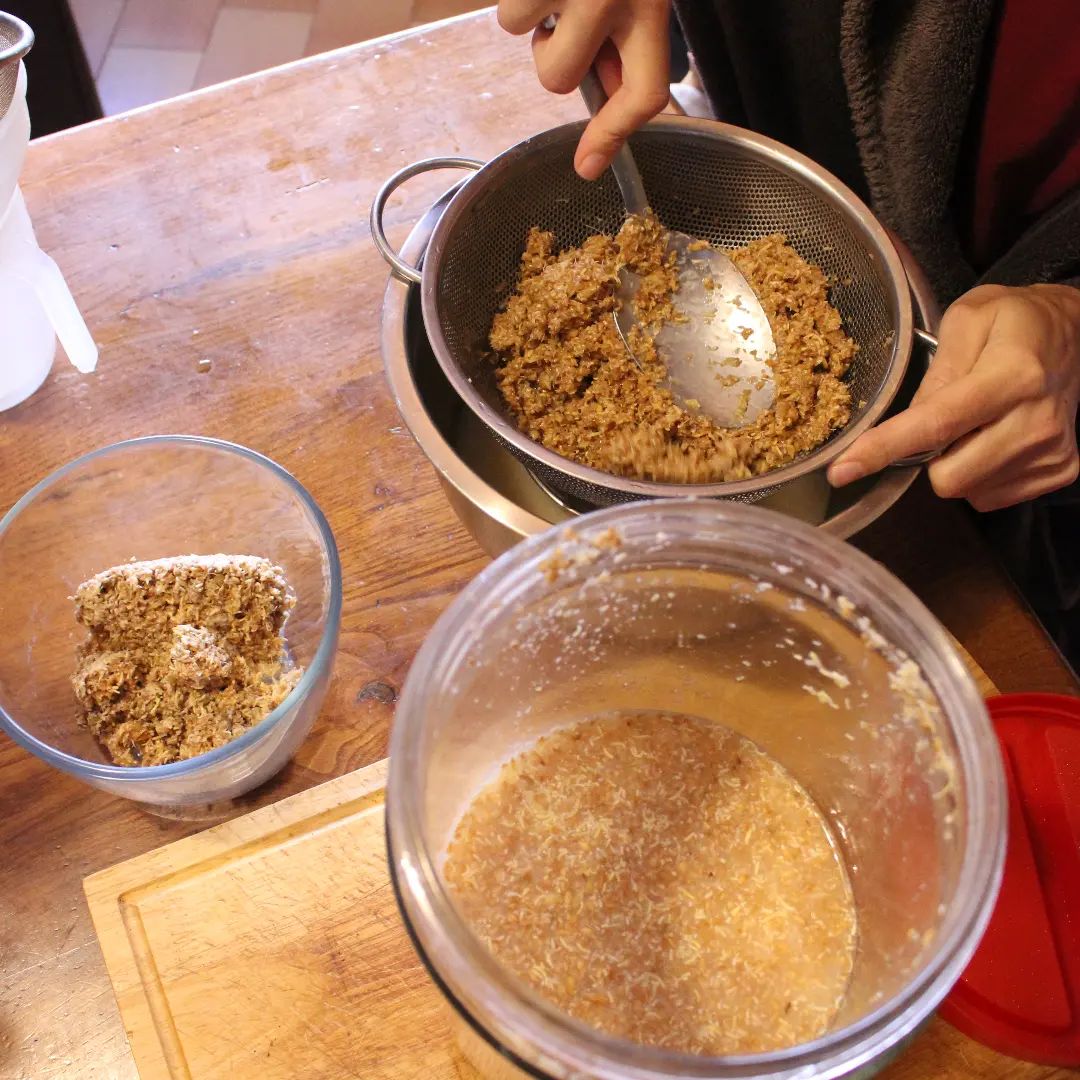Seeing wholegrain rye bread come to life in someone else’s kitchen thanks to the work I do fills my heart with such joy! . Repost of @jenniferments • Whole grain rye sourdough plus a bonus rye spice bread made with sourdough discard. I have been baking for a long while but shied away from making a whole grain rye sourdough. First, because I thought it was too difficult to get a good result. And second, because my kiddo and I have been basically gluten free for the past 4 years or so. Last year I discovered that we can tolerate Einkorn sourdough, and recently I’ve been reading that folx with gluten sensitivities might also be able to tolerate rye (and spelt – that’s next on the list to try!) I have been following Alison Kay @ancestral_kitchen for a while and I am so inspired by her food journey, plus the practical and down to earth manner in which she shares and teaches. So when I had the opportunity to take her class called Wholegrain Rye Sourdough Bread: Mastering The Basics at @thefermentationschool I took the plunge! I watched every video and with her experience and knowledge I felt very confident that I would be able to make a great loaf of rye sourdough… and I did! Not only a loaf of WHOLE GRAIN rye sourdough, but I also used my discard to make a rye spice bread! I am so grateful that @ancestral_kitchen and @thefermentationschool have made learning so accessible and easy! The photos show 1) the finished whole grain rye sourdough that I baked in a Pullman loaf pan, 2) rye starter bubbly and ready, 3) rye berries before milling, 4) my old “Whisper Mill” which sounds like anything but a whisper 😂 I’ve had this thing for ~18 years and though it’s loud it still works great! 5) preferment all bubbly, 6) finished rye spice bread- it has golden raisins, pecans, molasses and honey, plus cinnamon, ginger, and freshly grated nutmeg. It smells heavenly! 7) a slice of the spice bread – it was absolutely delicious with butter! 8) bubbly main dough after fermenting and ready for the pan, 9) beautiful crust on the finished whole grain rye sourdough straight out of the Pullman pan, 10) dense yet airy crumb that had a rich, gorgeous flavor!
Seeing wholegrain rye bread come to life in someone else’s kitchen thanks to the work I do fills my heart with such joy!
.
Repost of @jenniferments
•
Whole grain rye sourdough plus a bonus rye spice bread made with sourdough discard. I have been baking for a long while but shied away from making a whole grain rye sourdough. First, because I thought it was too difficult to get a good result. And second, because my kiddo and I have been basically gluten free for the past 4 years or so. Last year I discovered that we can tolerate Einkorn sourdough, and recently I’ve been reading that folx with gluten sensitivities might also be able to tolerate rye (and spelt – that’s next on the list to try!) I have been following Alison Kay @ancestral_kitchen for a while and I am so inspired by her food journey, plus the practical and down to earth manner in which she shares and teaches. So when I had the opportunity to take her class called Wholegrain Rye Sourdough Bread: Mastering The Basics at @thefermentationschool I took the plunge! I watched every video and with her experience and knowledge I felt very confident that I would be able to make a great loaf of rye sourdough… and I did! Not only a loaf of WHOLE GRAIN rye sourdough, but I also used my discard to make a rye spice bread! I am so grateful that @ancestral_kitchen and @thefermentationschool have made learning so accessible and easy! The photos show 1) the finished whole grain rye sourdough that I baked in a Pullman loaf pan, 2) rye starter bubbly and ready, 3) rye berries before milling, 4) my old “Whisper Mill” which sounds like anything but a whisper 😂 I’ve had this thing for ~18 years and though it’s loud it still works great! 5) preferment all bubbly, 6) finished rye spice bread- it has golden raisins, pecans, molasses and honey, plus cinnamon, ginger, and freshly grated nutmeg. It smells heavenly! 7) a slice of the spice bread – it was absolutely delicious with butter! 8) bubbly main dough after fermenting and ready for the pan, 9) beautiful crust on the finished whole grain rye sourdough straight out of the Pullman pan, 10) dense yet airy crumb that had a rich, gorgeous flavor!
